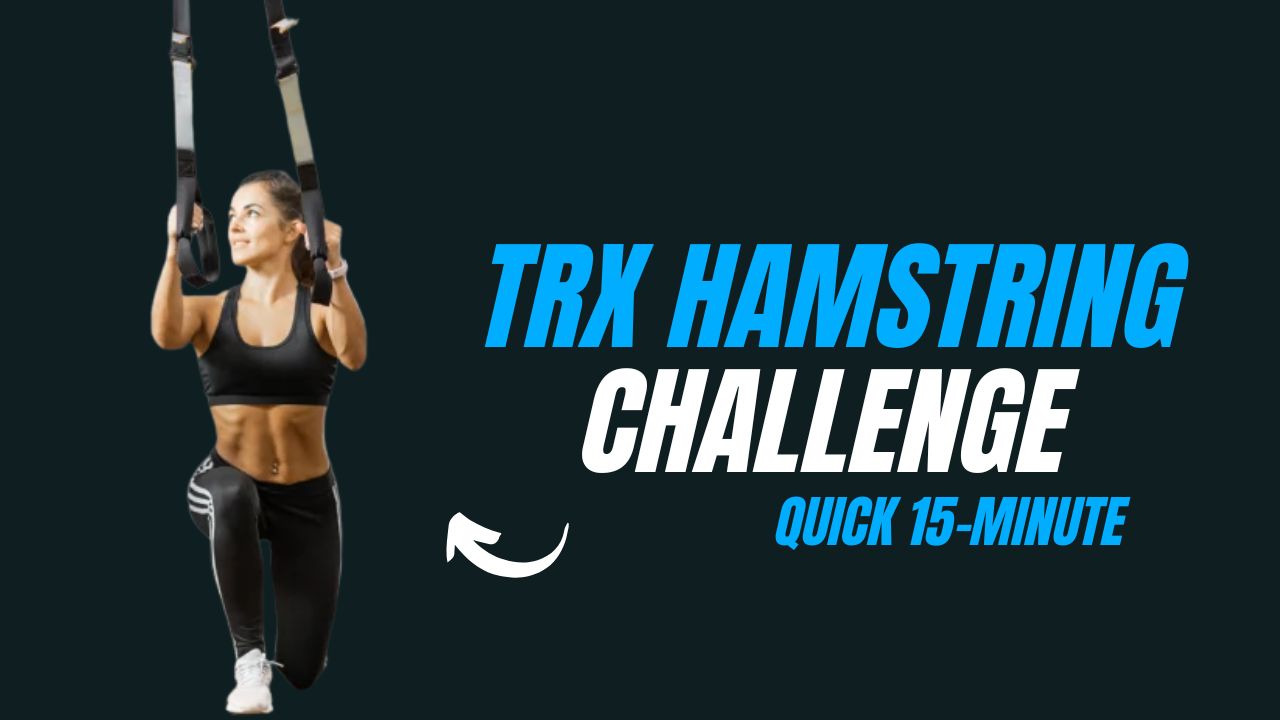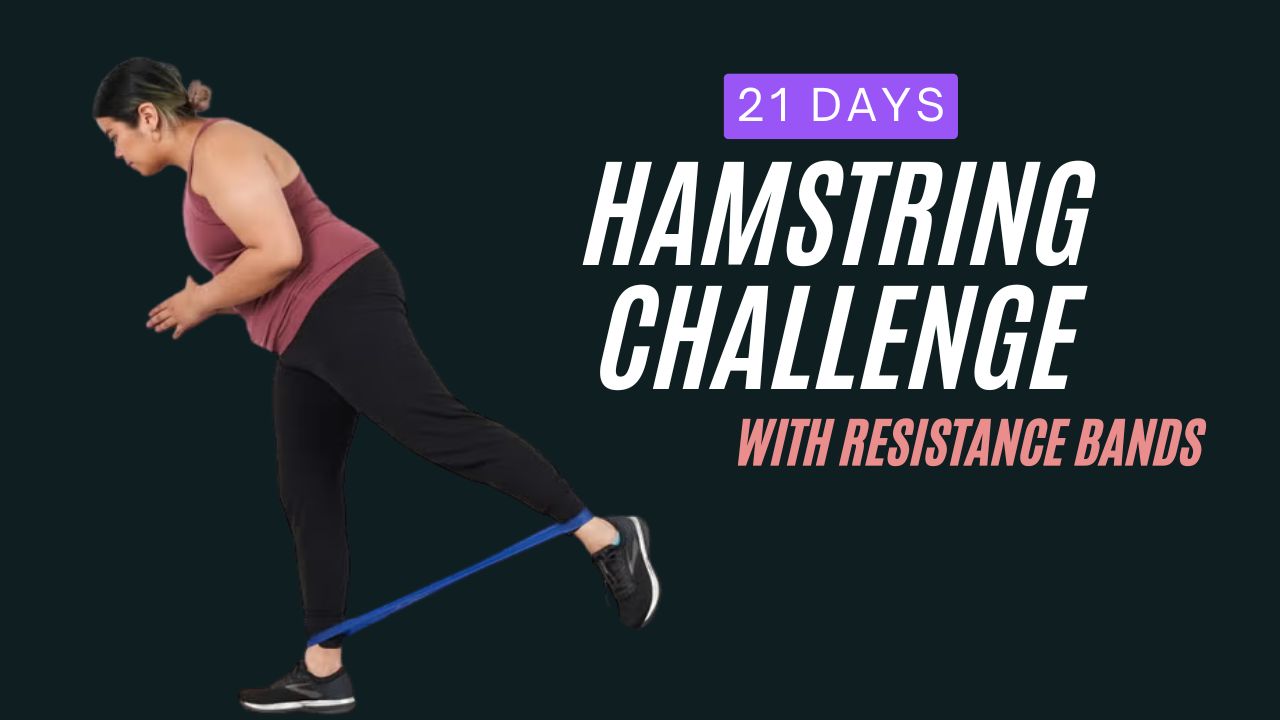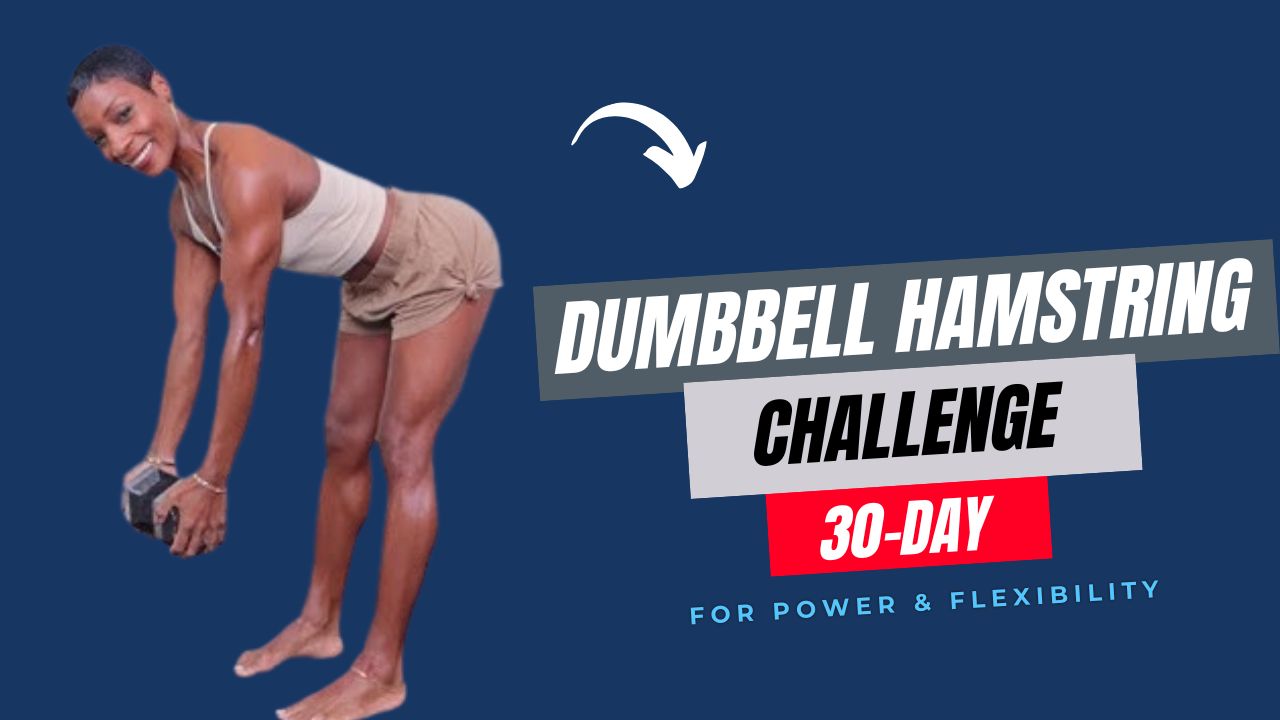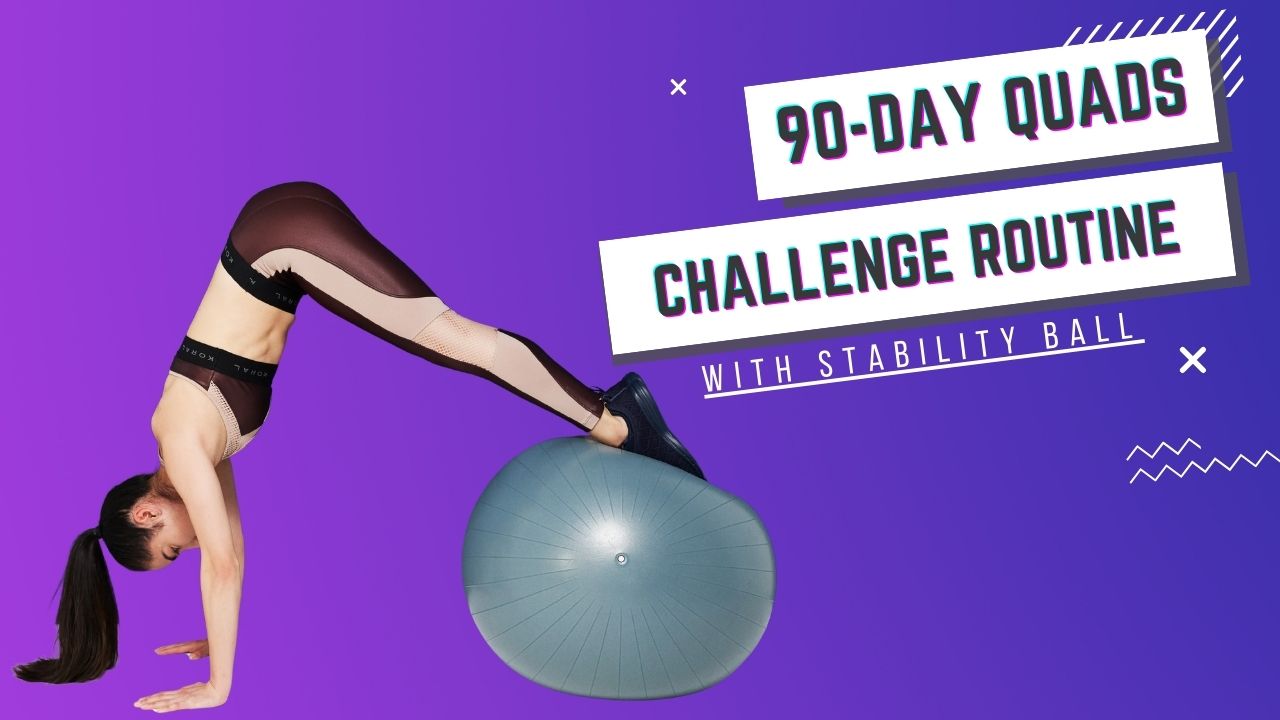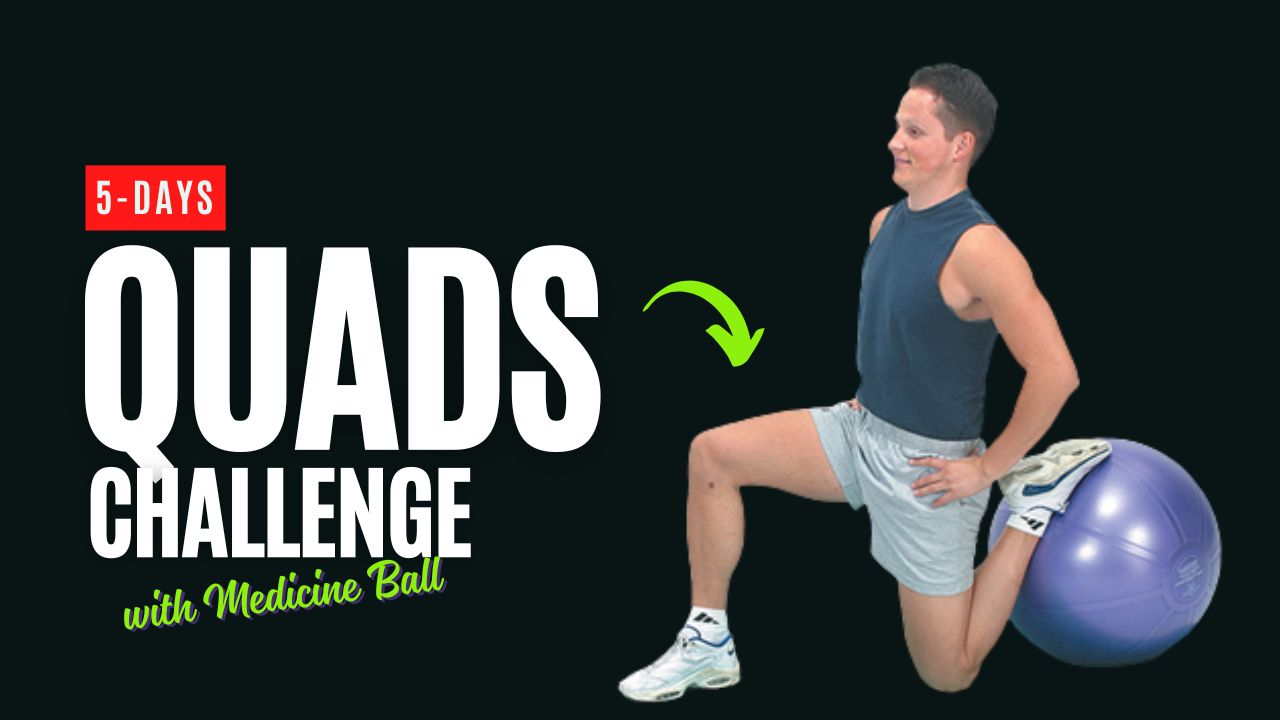Do you know? Most people believe pull-up bars are only for back and arm workouts—but that’s only half the story.
Your shoulders, the most mobile joints in your body, can be trained effectively with just a pull-up bar.
Whether you’re at home, in the gym, or at a local park, this bar can unlock incredible shoulder strength, mobility, and stability.
In this guide, we’ll break down 9 shoulder-focused pull-up bar exercises, explain how to do them, and reveal what makes each of them uniquely effective.
Let’s pull your shoulders into new territory.
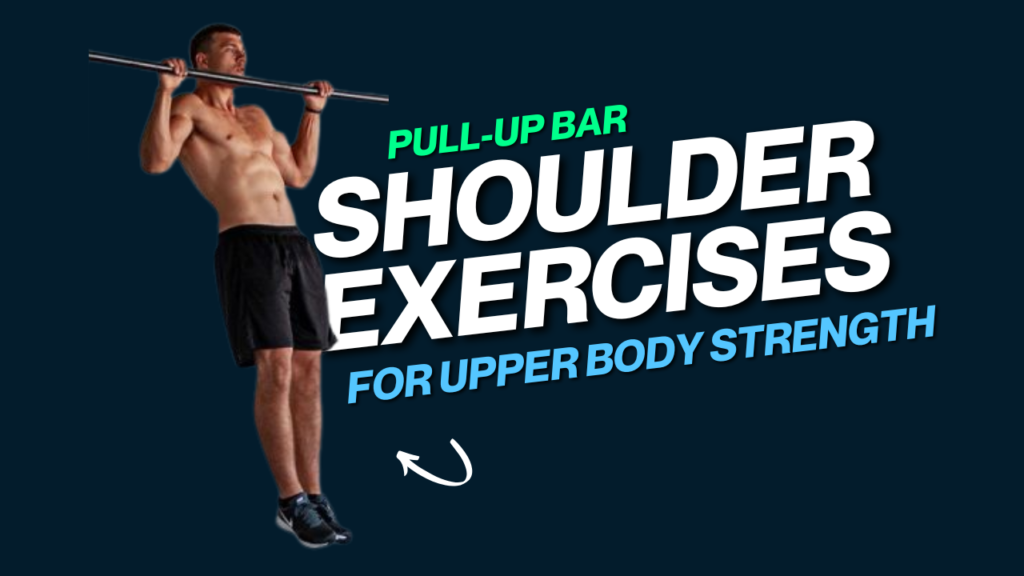
Table of Contents
Why Use a Pull-Up Bar for Shoulder Work?
The pull-up bar might not look like much, but it forces your shoulders to engage stabilizing muscles you rarely use during traditional presses or machines. You’ll activate:
- Deltoids (all three heads)
- Rotator cuff muscles
- Traps and rhomboids
- Serratus anterior
These muscles not only shape your shoulders but protect them from injury—especially important if you’re into sports or strength training.
What Can Happen After 30 Days of Pull-Up Bar Shoulder Exercises
| Positive Changes | How It Benefits You |
|---|---|
| Improved shoulder strength | Lifts feel lighter, daily tasks become easier, and upper body performance improves |
| Visible muscle tone in shoulders and upper back | Deltoids and traps start showing definition, giving your upper body a more sculpted look |
| Increased shoulder mobility and range of motion | Movements feel smoother; reduced stiffness, especially if you work at a desk or drive often |
| Better mind-muscle connection | Enhanced focus during workouts and more efficient muscle activation during each rep |
| Improved posture | Strengthening postural muscles helps you stand taller and reduce hunching |
| Enhanced body control and coordination | Exercises like L-sits and typewriters improve stability and total-body awareness |
| Reduced risk of shoulder injuries | Stronger rotator cuffs and stabilizers help protect joints during other workouts or sports |
| Boosted endurance and grip strength | You’ll hang longer, pull stronger, and feel more resilient during upper-body training |
| Increased confidence and consistency | Visible progress builds motivation and sets the foundation for tougher variations |
Do’s and Don’ts of Pull-Up Bar Shoulder Exercises
| Do’s | Don’ts |
|---|---|
| Warm up your shoulders before starting (dynamic stretches, band work) | Jump straight into intense movements without activating shoulder joints |
| Focus on form and controlled movement over reps | Use momentum or swing excessively during exercises |
| Start with beginner-friendly movements like dead hangs and scapular pull-ups | Attempt advanced exercises like archer or typewriter pull-ups without proper strength |
| Keep your core engaged to protect your spine and stabilize your body | Let your body hang loosely with an arched back or disengaged shoulders |
| Gradually progress with time-under-tension and rep schemes | Push through sharp shoulder pain or discomfort—it can lead to injury |
| Use a firm grip and even hand placement to maintain balance | Grip the bar too wide or unevenly, which can strain the joints |
| Cool down with light stretching or foam rolling post-workout | Skip recovery work—tight muscles and joints reduce performance over time |
9 Best Pull-Up Bar Shoulder Exercises
1. Dead Hang (Passive and Active)
Muscles Targeted: Rotator cuff, traps, deltoids
Type: Mobility, stability, and endurance
How to:
- Grab the pull-up bar with an overhand grip.
- Let your body hang completely relaxed (passive hang).
- For active hang, retract your shoulder blades slightly and engage your core.
Benefits:
Improves shoulder joint decompression, boosts grip strength, and activates stabilizing muscles. It’s perfect for shoulder health and posture correction.
Myth Buster: Many think hanging is just for warm-ups, but regular dead hangs actually build shoulder endurance and mobility fast.
2. Scapular Pull-Ups
Muscles Targeted: Lower traps, rhomboids, rear delts
Type: Control and activation
How to:
- Start from a dead hang.
- Without bending your elbows, squeeze your shoulder blades down and back to slightly lift your body.
- Slowly return to dead hang.
Benefits:
Enhances scapular mobility and shoulder blade control—foundational for shoulder stability and injury prevention.
3. Pull-Up Shrugs
Muscles Targeted: Upper traps, levator scapulae
Type: Isolation and hypertrophy
How to:
- Hang from the bar.
- Raise your shoulders toward your ears (shrug).
- Lower slowly and repeat.
Benefits:
Great for trap development and neck/shoulder strength. Excellent for posture and reducing neck tension caused by weak upper traps.
4. Archer Pull-Ups
Muscles Targeted: Deltoids (especially anterior and lateral), traps
Type: Strength and unilateral coordination
How to:
- Pull your body toward one hand while the other arm stays extended.
- Alternate sides.
Benefits:
Builds unilateral strength and increases shoulder control. A stepping stone toward one-arm pull-ups.
5. Typewriter Pull-Ups
Muscles Targeted: Front delts, lateral delts, upper back
Type: Time under tension
How to:
- Pull up to the bar.
- Shift your body side to side while keeping your chin above the bar.
Benefits:
Develops shoulder muscle endurance and forces constant engagement of stabilizers.
Did You Know?
Time-under-tension techniques like these are favored by elite climbers to train sustained muscle control.
6. L-Sit Pull-Ups
Muscles Targeted: Front delts, traps, core
Type: Shoulder & core integration
How to:
- Lift your legs in front to form an L.
- Perform pull-ups while maintaining the leg position.
Benefits:
Activates shoulders in a fully flexed state and challenges the delts with every rep. Also increases core and hip flexor engagement.
7. Behind-the-Neck Pull-Ups (Advanced)
Muscles Targeted: Rear delts, traps, rhomboids
Type: Isolation and mobility
How to:
- Use a wide grip.
- Pull your head forward and bring the bar behind your neck (not touching).
- Keep controlled form.
Benefits:
Emphasizes rear delt and trap activation. Excellent for developing thickness and upper back symmetry.
Caution:
Only perform if you have adequate shoulder mobility. Always warm up thoroughly.
8. Towel or Fat Grip Hangs
Muscles Targeted: Rotator cuff, grip, traps
Type: Stability and grip-enhanced strength
How to:
- Drape two towels over the bar and grip them tightly.
- Hang and engage shoulders like in active hangs.
Benefits:
Improves grip strength and shoulder endurance. Increases tension in stabilizing muscles that often go undertrained.
9. Windshield Wipers (Hanging)
Muscles Targeted: Obliques, delts, serratus, and core
Type: Core-shoulder hybrid
How to:
- Hang from the bar.
- Raise your legs and move them side to side like a windshield wiper.
- Keep arms straight and shoulders engaged.
Benefits:
The shoulders must stabilize through dynamic tension while the core rotates, making it an excellent all-in-one body control drill.
Final Thoughts: Shoulder Gains Above the Bar
The next time you pass a pull-up bar, remember—it’s not just for your back or biceps. With these 9 exercises, your shoulders will grow stronger, more mobile, and more resistant to injury using nothing but your own bodyweight and gravity.
Train smart, stay consistent, and you’ll start to notice not only stronger shoulders, but better posture, fewer aches, and a broader upper body frame.
Frequently Asked Questions (FAQs)
Can pull-up bar exercises really build shoulder muscles?
Yes, pull-up bar exercises can significantly strengthen and sculpt your shoulder muscles. While traditional shoulder training involves weights, pull-up bar movements engage deltoids, traps, and rotator cuffs through bodyweight resistance and stabilization, leading to real muscle development.
Are these exercises suitable for beginners?
Some are, yes. Beginners can start with dead hangs, scapular pull-ups, and pull-up shrugs to build foundational strength and mobility. More advanced moves like typewriter pull-ups and L-sit pull-ups can be gradually incorporated as strength improves.
How often should I train shoulders using a pull-up bar?
2 to 3 times per week is ideal for most people. Focus on quality reps and avoid overtraining, as shoulders are smaller muscles that also assist in many other upper-body movements.
Do I need warm-up before doing pull-up bar shoulder workouts?
Absolutely. Warming up increases blood flow, improves mobility, and reduces the risk of injury. Spend 5–10 minutes doing arm circles, band pull-aparts, or shoulder dislocations with a stick before jumping onto the bar.
Can these exercises help with shoulder mobility and posture?
Yes. Exercises like dead hangs, scapular pull-ups, and pull-up shrugs actively improve shoulder alignment, mobility, and posture by decompressing the joints and activating postural muscles.
What if I can’t do a single pull-up yet?
No worries! Focus on dead hangs, active hangs, and scapular pull-ups first. These build grip, scapular control, and basic strength. You can also use resistance bands for assisted pull-ups or work on negative reps (lowering down slowly from the bar).
Do pull-up bar shoulder workouts replace dumbbell or machine exercises?
Not necessarily—they complement them. Pull-up bar exercises emphasize functional strength, joint stability, and control. For a complete shoulder routine, you can mix both bodyweight and weighted exercises depending on your goals.
Are behind-the-neck pull-ups safe for everyone?
Not for everyone. They require good shoulder mobility and control. If you experience discomfort or have shoulder issues, it’s best to skip or substitute them with safer variations like standard wide-grip pull-ups or face pulls using bands.
Can I do these exercises at home without a gym?
Yes. All you need is a sturdy pull-up bar. Many home doorway bars or wall-mounted options work well. No gym membership is required to build strong, defined shoulders.





